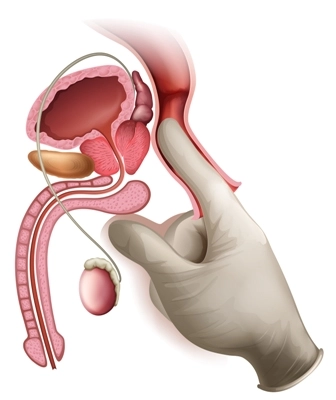Urology Coding Alert
HCPCS Level II 2023 News:
Review HCPCS Level II Updates That Will Impact Your Practice Next Year
Published on Tue Dec 13, 2022

You’ve reached your limit of free articles. Already a subscriber? Log in.
Not a subscriber? Subscribe today to continue reading this article. Plus, you’ll get:
- Simple explanations of current healthcare regulations and payer programs
- Real-world reporting scenarios solved by our expert coders
- Industry news, such as MAC and RAC activities, the OIG Work Plan, and CERT reports
- Instant access to every article ever published in Revenue Cycle Insider
- 6 annual AAPC-approved CEUs
- The latest updates for CPT®, ICD-10-CM, HCPCS Level II, NCCI edits, modifiers, compliance, technology, practice management, and more
Related Articles
Other Articles in this issue of
Urology Coding Alert
- HCPCS Level II 2023 News:
Review HCPCS Level II Updates That Will Impact Your Practice Next Year
Watch for tobacco use correlations to urologic cancers. While there are not major HCPCS Level [...] - HCPCS Level II 2023 News:
Solidify Your 2023 Prolonged Service Coding With 4 Steps
Watch out for differences between CMS and payers following AMA guidelines. Similar to 2022, the [...] - Clip and Save:
Consult This Chart to Select Codes, Locate Thresholds
To avoid confusion over code choice for your Medicare and private payer patients, and to [...] - 2023 Final Rule News:
Brace Your Practice for 4.5% Cut to 2023 Conversion Factor
But cross your fingers that industry comment will lead to updates. If you were one [...] - You Be the Coder:
Test Your Abscess Procedure Coding Prowess
Question: My urologist performed a procedure and the operative report reads: “After general anesthesia, the [...] - Reader Question:
Don’t Miss NGS HIFU Policy Updates
Question: I have heard the NGS has made some recent policy decisions about prostate cancer treatments. [...] - Reader Question:
Check AMA CPT® 2023 Errata ASAP
Question: I saw that the AMA has released errata for the 2023 code set and one [...] - Reader Question:
Watch for PHE Telehealth Updates
Question: Have there been any official, federal government-led moves to make any of the telehealth exemptions [...]
View All




